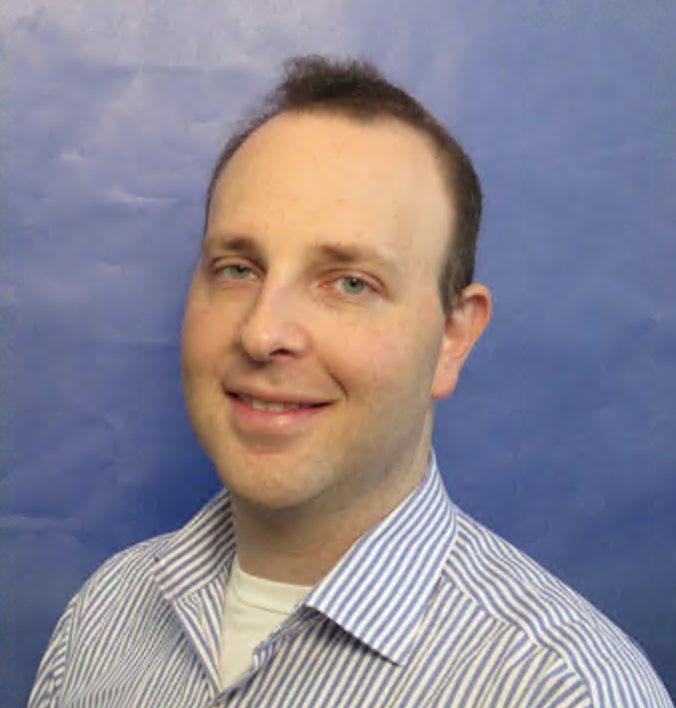Written by guest blogger Justin Sulsky.
I am grateful that the Journal of Education Human Resources, published by the University of Toronto Press, accepted my article titled “Barriers to Teacher Diversity in a Predominantly White District.” The article discusses how district practices may have prevented the diversification of the teaching staff, despite the district administrators expressing a desire for increased diversity. The process of publishing an article in a peer-reviewed journal requires patience and a willingness to accept and act on constructive feedback. Fortunately, I drew on an experience from my doctoral studies to guide me through the daunting and sometimes frustrating process.
During my time as a doctoral student in educational leadership, I learned an enduring lesson that didn’t come from a class on conducting quantitative research but from a conversation between a student, “Mark,” and a professor. Mark, an experienced financial executive and professor of finance seeking a doctorate, hit a roadblock when the professor of our quantitative reasoning course advised him to edit some questions on his survey instrument for clarity. Mark disagreed and angrily left the room, never to return to the doctoral program. In contrast, when my classmate and I received feedback from our professor on our survey instrument, we listened and implemented the suggestions to improve it.
In my role as a teacher, I guide my elementary students in completing independent research projects. The next day, while working with fifth graders on a Google Form survey, I provided feedback to help them improve their work. It made me reflect on how unfortunate it was that Mark didn’t have the ability to see feedback as helpful and necessary for growth, unlike my fifth graders. I always teach my elementary students to have a growth mindset, a concept popularized by Dr. Carol Dweck.
On November 1, 2021, I received an email requesting revisions and resubmission of my draft manuscript. Reading through the reviewers’ feedback reminded me that their suggestions were intended to strengthen my academic work and increase its likelihood of being shared with other researchers and teacher hiring managers. Despite receiving comments suggesting major revisions, I made a commitment to view the feedback as constructive and not let it discourage me, taking inspiration from my students and their growth mindset. Such feedback included that my work was “underdeveloped” and in need of “major substantive revisions.”
Over the following six weeks, I diligently addressed each point raised by my three reviewers. This included seeking clarification from the interview subjects, expanding the literature review with additional scholarly articles, and revising and clarifying my coding after reevaluating interview transcripts. Paragraph by paragraph, I rewrote the article, leading to the conditional acceptance on February 8, 2022. I continued revising to achieve full acceptance one month later.
As a practitioner rather than a full-time scholar, I sometimes questioned the value of the countless hours I invested in my manuscript, particularly considering the lack of financial compensation for journal publications. However, when I finally saw my article in print, I saw it as validation of my research on teacher hiring practices, a topic I have been studying since 2017. While I could have stopped my journey after my dissertation was published, I recognized the unique perspective my article offered on the efforts to diversify the teaching staff in a suburban district with a predominantly White student population. Upon receiving the “Revise and resubmit” feedback on my initial manuscript, I could have shifted my focus to other personal and professional projects. However, I didn’t want to miss the opportunity to be published by the prestigious University of Toronto Press Journals. Therefore, I embraced the extensive revisions as a positive opportunity to strengthen my work and enhance my skills as a researcher. I highly encourage other authors to approach rejections and “revise and resubmit” requests as chances to improve their work for the future.
 DR. JUSTIN SULSKY is an adjunct assistant professor of education at Molloy University in Rockville Centre, New York. He is a practicing teacher in the Long Beach (New York) Public Schools and has a strong interest in K-12 human resources and gifted education. Dr. Sulsky earned his EdD, CAS, and MA from Hofstra University and his BA from Brandeis University.
DR. JUSTIN SULSKY is an adjunct assistant professor of education at Molloy University in Rockville Centre, New York. He is a practicing teacher in the Long Beach (New York) Public Schools and has a strong interest in K-12 human resources and gifted education. Dr. Sulsky earned his EdD, CAS, and MA from Hofstra University and his BA from Brandeis University.
“Barriers to Teacher Diversity in a Predominantly White District” was published in the Journal of Education Human Resources 41.1 and is Free to Read until June 14, 2024.
Comments on this entry are closed.